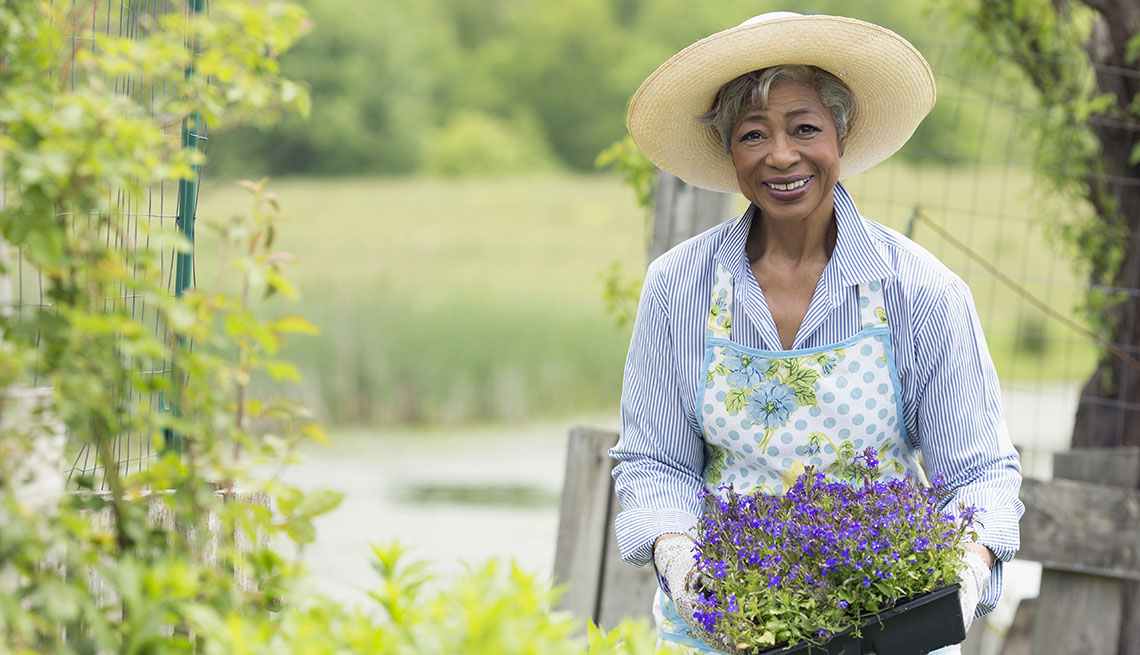Expert Gardening Tips to Change Your Outdoor Room Into a Heaven
Expert Gardening Tips to Change Your Outdoor Room Into a Heaven
Blog Article
Recognizing the Different Kinds Of Horticulture and How They Add to a Much Healthier Lifestyle and Atmosphere

Advantages of Veggie Horticulture
Many people are increasingly acknowledging the myriad advantages of veggie horticulture as an essential component of a healthier way of life. Participating in vegetable gardening uses many physical wellness benefits, consisting of raised exercise, which improves cardiovascular health and wellness and advertises total health and fitness. The act of planting, weeding, and harvesting calls for motion and can aid deal with sedentary behaviors, adding to weight monitoring and improved muscular tissue tone.
In addition, cultivating one's very own vegetables significantly improves nutritional high quality. Homegrown fruit and vegetables is typically fresher and extra nutrient-dense contrasted to store-bought choices, as it can be consumed soon after harvest. This accessibility encourages a higher intake of fruits and veggies, which are crucial for protecting against persistent illness.
Additionally, vegetable horticulture fosters psychological well-being by supplying a therapeutic outlet for stress relief and leisure. Collectively, these benefits emphasize the importance of veggie gardening as a foundation of a healthier way of living.
Discovering Flower Gardening

Along with visual advantages, flower horticulture supports neighborhood ecosystems. Many blooming plants draw in pollinators, such as and butterflies, which are critical for keeping biodiversity. The presence of diverse plants can likewise enhance dirt health and wellness, as numerous plants add to vitamins and mineral cycling and enhance dirt structure.
Moreover, flowers can play a considerable duty in advertising sustainable methods. Numerous gardeners go with native or drought-resistant varieties, which require less water and very little chemical inputs. This technique not just profits the setting yet additionally encourages responsible horticulture behaviors.
Inevitably, blossom horticulture offers as an essential part of an all natural horticulture approach. Gardening. By cultivating beauty and supporting local communities, it balances with vegetable horticulture and underscores the importance of nurturing both our physical and mental well-being with nature
Container Gardening Advantages
Container gardening offers many benefits that make it an enticing alternative for both beginner and seasoned garden enthusiasts. One of the main benefits is its adaptability; containers can be placed on patios, balconies, or even indoors, permitting for horticulture in rooms with limited ground access. This flexibility allows people in city environments or those with small backyards to grow plants properly.
In addition, container horticulture gives boosted control over dirt top quality and dampness levels. Gardeners can pick specific soil blends to maximize plant wellness and alleviate concerns like weeds and pests. The movement of containers likewise allows for my sources simple relocation to optimize sunlight direct exposure or safeguard plants from stormy weather.
In addition, container gardens can be cosmetically pleasing, providing a possibility for creativity in style. Gardening. They can serve as ornamental components that improve exterior or indoor areas while advertising biodiversity by attracting pollinators
Last but not least, container gardening can contribute to a much healthier lifestyle by motivating exercise, as it read this article often entails lifting, growing, and maintaining plants. Generally, the advantages of container horticulture make it an available and rewarding technique for those looking for to boost their way of life and setting.
The Rise of Vertical Horticulture
As city rooms become increasingly crowded, the pattern of upright horticulture has actually taken off, enabling people to optimize their horticulture possibility in limited locations. This cutting-edge technique involves expanding plants in upright structures, such as wall-mounted planters, trellises, or specialized vertical yard systems. The appeal of vertical horticulture lies not only in its reliable use of space however also in its aesthetic payment to urban settings, changing bare walls into lavish eco-friendly landscapes.
Vertical yards can be set up in homes, verandas, and neighborhood areas, offering a platform for growing a variety of plants, consisting of natural herbs, vegetables, and decorative blossoms. This approach motivates biodiversity and can enhance air quality by filtering toxins while advertising a connection to nature in largely inhabited areas. Furthermore, upright horticulture offers sensible advantages, such as enhanced return per square foot, making it an attractive option for city garden enthusiasts seeking to grow their very own food.

Lasting Practices in Gardening
Accepting sustainable practices in horticulture is vital for advertising environmental health and wellness and ensuring the viability of our natural deposits. Sustainable gardening strategies concentrate on minimizing environmental influence, conserving water, and view fostering biodiversity. By executing practices such as natural gardening, gardeners can minimize the use of synthetic fertilizers and pesticides, which can harm regional ecosystems.
Companion planting is one more efficient sustainable technique, where particular plants are expanded together to enhance development and discourage insects normally. In addition, using native plants in landscape design sustains local wildlife and requires much less upkeep, as they are naturally adapted to the local climate and soil problems.
Water preservation strategies, such as rain harvesting and drip watering, assistance to successfully manage water resources, hence decreasing waste. Composting natural waste not just enhances the dirt yet also decreases landfill contributions, promoting a circular economic climate.
Finally, practicing plant turning and cover chopping improves dirt health and wellness and reduces the threat of insect infestations. By incorporating these sustainable methods, gardeners can produce resilient ecological communities that contribute to a much healthier lifestyle while safeguarding the atmosphere for future generations.
Verdict

Finally, the varied techniques of horticulture, consisting of veggie, blossom, container, and vertical gardening, jointly advertise a much healthier lifestyle and boost environmental sustainability. Each type provides unique advantages, from offering fresh fruit and vegetables and bring in pollinators to optimizing limited areas and encouraging biodiversity. By promoting lasting techniques, these horticulture approaches not only add to private wellness but additionally sustain broader ecological conservation efforts, eventually lowering dependence on commercial agriculture and enhancing community resilience.
Report this page